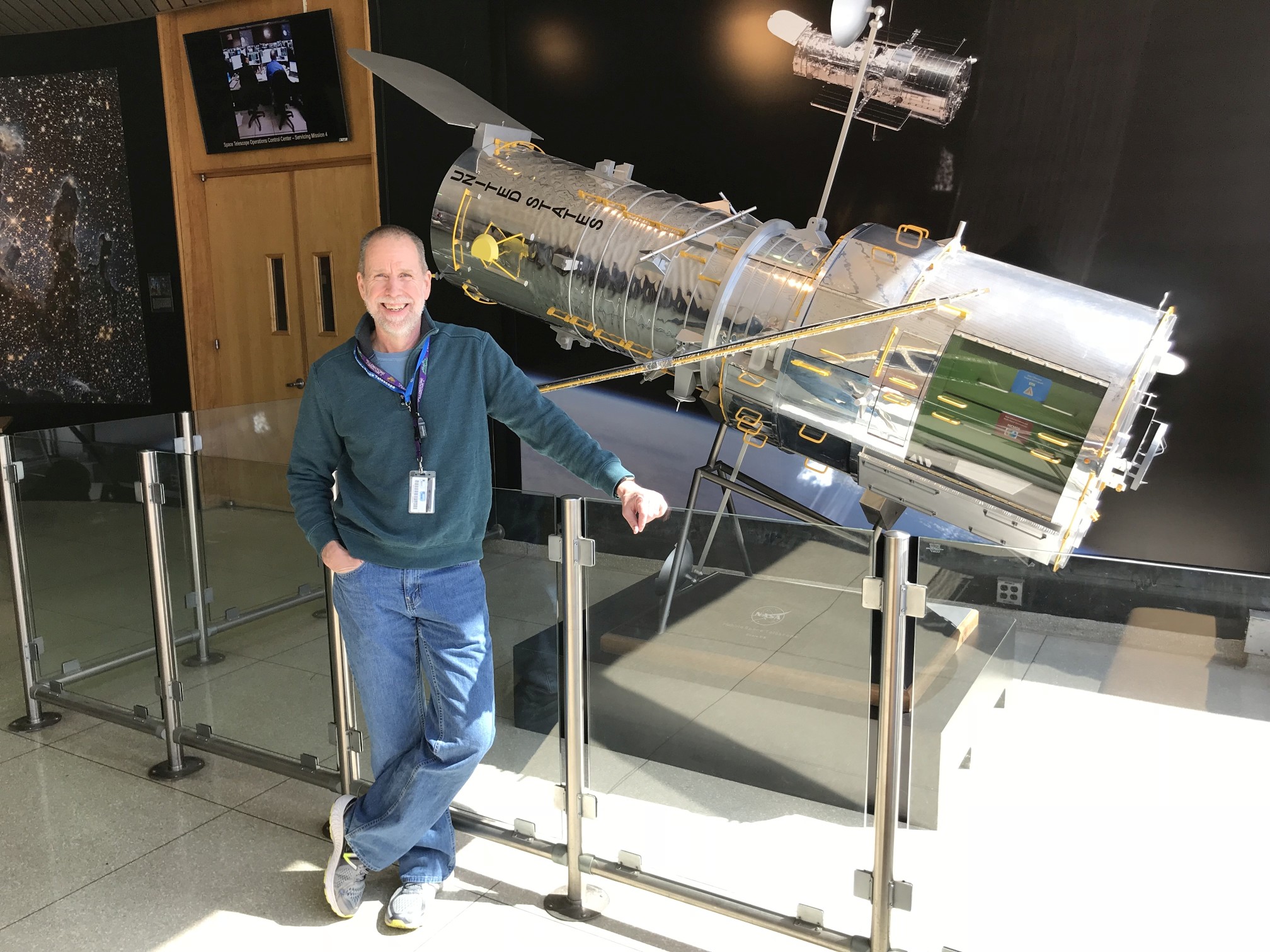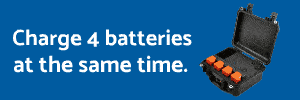
During the stay-at-home doldrums, a few friends and I are waltzing down memory lane this weekend. My first big photo job was to document the construction of the Hubble Space Telescope for NASA, which lead to a full-time job at Lockheed Space Systems. Lockheed knew how to make incredibly stable, gyro-controlled orbiting platforms from making spy satellites — critical for distant universe observations while traveling 17,000 mph. The design spec, explained by NASA, was to be able to clearly focus on a dime atop the Empire State Blg in NYC from Silicon Valley, CA, while moving 17,000 mph in orbit. How they did it is engineering genius...
HST became the most remarkable telescope since Galileo’s first design. HST discovered our Milky Way galaxy is vastly bigger — it’s as big as we thought the universe was 50 yrs ago.
The news article has some shots I took 35 yr ago in the clean room. Designed for a 15 yr lifespan, HST is past 30. With no Shuttle, the gyroscopes can’t be swapped-out anymore, and HST needs 3 working gyros for 100% operation. It has 6, but it’s down to 3. With SW updates and tech wizardry manipulation of the reaction wheels, NASA thinks they can keep HST going beyond 2025. Even down to 1 gyro, 80% of the instruments work.
The most important shots HST took were the Deep Field montage images showing 1000’s of Milky Way-sized galaxies in one frame. Astronomers came to the realization the universe is vastly bigger than we thought, so big it’s almost beyond human comprehension. They also realized alien life is a mathematical certainty, but contact is extremely difficult due to the incomprehensibly vast distances. Download the full resolution files of the Deep Field imagery, and see 3000+ galaxies in one frame. 342 images taken over 10 days, merged together — and this is just a tiny sliver of the sky. Each solar system in each galaxy could have a planet in the “habitation” zone near it’s star. Star Trek could be right!!
The distances are so great, they’re measured in time. Hubble is the 1st time machine!

Hubble Telescope Still Going Strong 30 Years Later
As the Hubble Space Telescope mission reaches its 30th anniversary, we explore some of the recent engineering keeping the telescope working well beyond its expected life.
The Hubble Deep Fields
Last edited:





